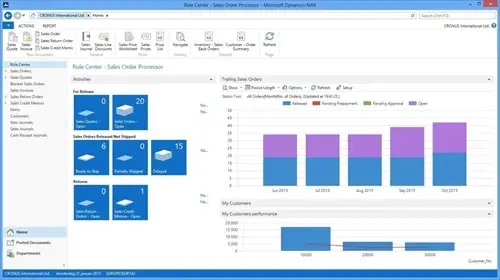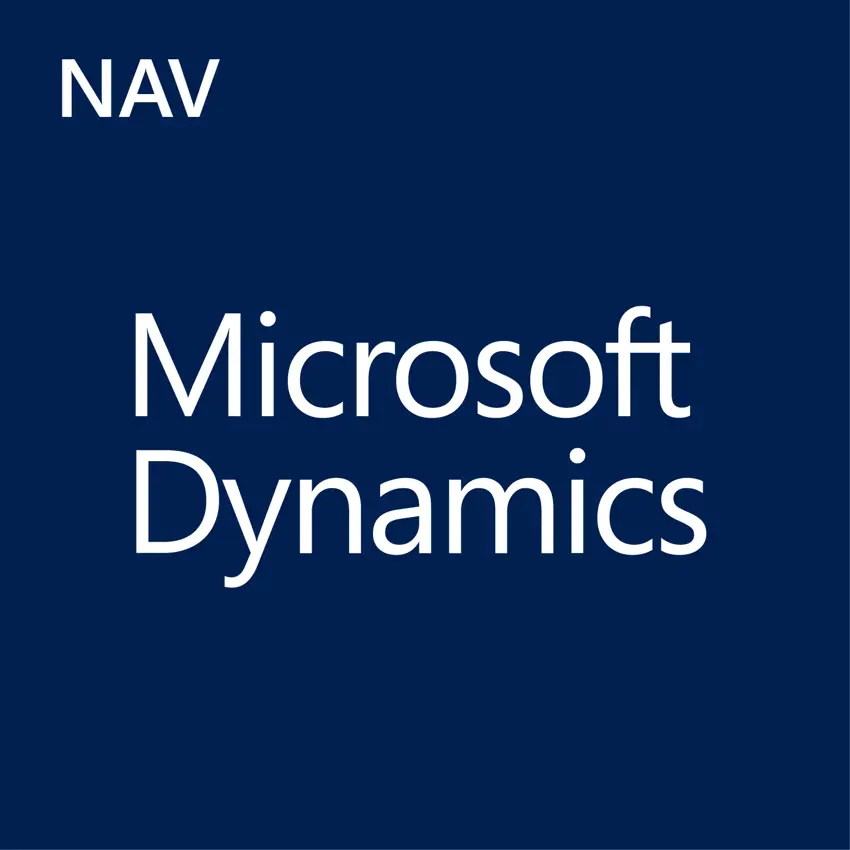How AI Can Boost Predictive Maintenance In Manufacturing
How can Artificial Intelligence be used for predictive maintenance in manufacturing? New software technologies are helping business operations.
The importance of choosing a product for the right price and functionality comes naturally, however something that is often forgotten is the longevity of the product. With a major purchase such as with an ERP system you need to be sure that the product has not only an exemplary reputation but a roadmap in to the foreseeable future, to make sure that you are both supported and have the latest technologies available to you. Dynamics NAV has a history that starts in the early 80's and a roadmap for the next 6 years. Furthermore, because the product is owned by a Global software company, the research and development (R&D) program will ensure that you have market leading technology, with Microsoft spending billions of dollars on product development for NAV every year.


In 1983 PC&C was founded providing character based accounting solutions and four years later in 1987 the Navision product was launched. The product grew and in 1995 Navision Financials 1.0 was launched based on the Microsoft windows 32-bit client/server platform. From here onwards, Navision went through several mergers with other products, increasing functionality including multicurrency, manufacturing functionality, Customer Relationship Management (CRM) etc.
In 2002 Microsoft purchased Navision and along side Great Plains (now GP) the Microsoft Business Solutions suite of products was created. Microsoft Business Solutions would change to Microsoft Dynamics in 2005 with a rebrand of Navision to Dynamics NAV. From here Microsoft started massive R&D projects and added functionality such as an enhanced Job suite with the release of NAV 5.0. With the next release, NAV 2009, Microsoft released the new Role Tailored Client (RTC), as well as Role Tailored Reports. With 2009 R2 Microsoft included the ability to integrate NAV with Dynamics CRM.

The release of Dynamics NAV 2013 was a landmark not only for the Microsoft product but in the ERP world in general. With an easy to use interface with the familiar look and feel of the Microsoft Office products, as well as integration with these products including Excel and Word, NAV 2013 provides a product that is technically advanced as well as user friendly. Offering a flexibility for companies like no other software package, NAV became a product that could be moulded for the customer needs. This was not just a change in how the product looks, but also an increase in functionality, including Bank Reconciliation, multi-tenancy and cash management.

Microsoft's suite of business management software offers a wide selection of products, which can prove difficult when deciding which product is for you. The products in the Dynamics range are:
NAV, SL and GP are all software aimed at the Small and Medium Enterprise (SME) market. Dynamics SL and GP are typically American products (SL is only available in the US), and although are ERP packages in their own right, typically have reduced functionality compared to NAV which has the largest number of users globally. Dynamics AX is typically aimed at the very large multinational organisations and is a big package which means that the services required for implementation typically make this an expensive option. Dynamics CRM is not an ERP product and as the name suggests is fully aimed at Customer Relationship Management, ie sales and marketing. Because of the wide level of functionality involved with CRM this is often integrated with eg NAV for companies that have a very sales focussed business.
The easier answer is that you are a small or medium business (SMB), then Dynamics NAV is the product that is most likely to be the best fit to your business.

Microsoft spend literally billions of Dollars year on year for improvements to NAV, including to allow for changes to legislation, improved functionality and better integration with the other products, such as Power BI, Office 365, etc. With a road map that is at least 6 years long, you are entitled to the latest version with your enhancement package so that you can choose to keep up with the latest technologies. Older versions are supported for 5 years, so if you would prefer to stick with what you know, you can rest assured that you will be supported.

For information on the next release, please see our blog.
For more information on Dynamics NAV or to discuss anything regarding ERP, please contact us.
How can Artificial Intelligence be used for predictive maintenance in manufacturing? New software technologies are helping business operations.
Summarising technology changes for manufacturing companies in 2023 and what that means for 2024 such as artificial intelligence and industry 4.0
Manufacturing, Warehousing and distribution company Colorlites implements Business Central ERP with Dynamics Consultants in a phased approach